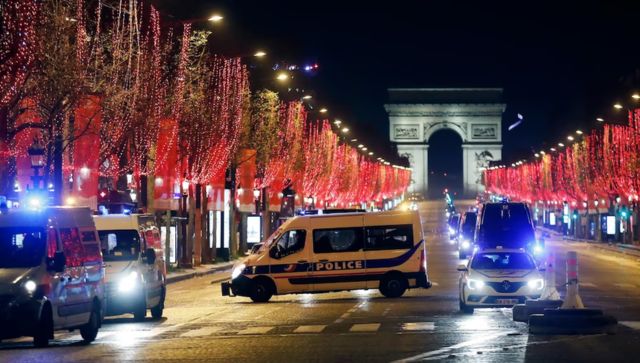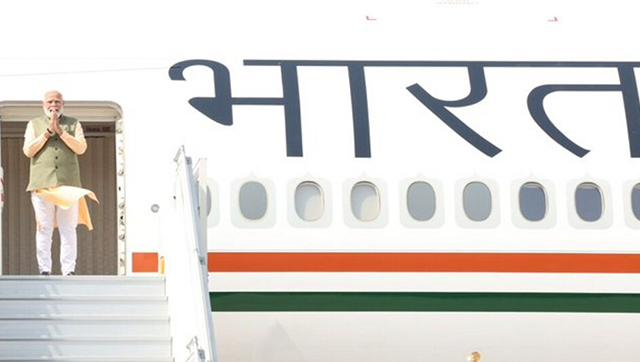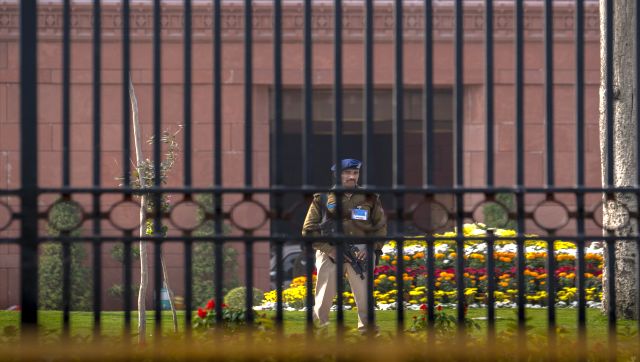One percent without context can sound miniscule. But in the spotlight of daily debit and credit card and other digital transactions in petrol pumps all across India, one percent suddenly acquires gargantuan proportions. That’s what the banks wanted the petrol pumps to pay them for every digital transaction, irrespective of the size of the deal.
Innocuously named the Merchant Discount Rate (MDR), it has always been charged, albeit in a certain stacked manner: for debit cards, to take a case, it was 0.25 percent for transactions up to Rs 1,000, 0.50 percent for deals between Rs 1,000 and Rs 2,000 and hard stopped at 0.75 percent (and not exceeding 1 percent) for deals above Rs 2,000.
Post demonetisation several banks, with a gentle prodding by the government, had done away with the MDR charges till 31 December. Understandably, the flat one percent demanded by the banks turned the fuel pump owners furious and their unionist tendencies kicked in (and in a good way). They threatened to put down their tools and shut out plastic money. After a bit of eyeballing, the banks have backed down. For now.
But, don’t let that fool you. They will be back.
The recent demonetisation of Rs 500 and Rs 1,000 notes and the continuous and relentless push for digitalisation of cash by dematerializing it (making it into bits and bytes) is pushing the envelope and the lines, especially battle lines, of everyone and everything. It’s tempting to turn this mess, and a right royal mess it is, into yet another whip to flog the twin horses of cashless and digital - two powerful animals sure to pull the Indian economy to new heights. The key question is not whether a largely dematerialised economy is possible – it eminently is – but how to move towards it without a Wild Wild West kind of a feel to it. That’s the key battle line that’s needs to be drawn and redrawn. Ironically, the banks with their ham-handed demand for a 1 percent commission – and it is a commission despite fancy nomenclatures – have lent themselves a vibe of gun-slinging cowboys.
Demonetisation and the subsequent digitalisaton and dematerialisation of cash are an opportunity to move towards a policy superstructure that’s truly regulatory in nature, abandoning the traditional Indian State’s fondness for licensing and strict control. It’s good to remind prime minister Narendra Modi that he came to power on the back of less government and more governance. In some ways, then, the right royal mess that we are in, with Act One involving the Banks and the Petrol Pumps, is a good mess to be in. It forces us to confront three questions and look for solutions.
The first question is who bears the cost of digital transactions? Banks? Petrol Pumps? Or Customers? It’s a fuzzy area, and kept deliberately so because with increasing digitalisation of transactions, banks, financial institutions and private players operating payment systems on top of telecom networks are moving away from being conduits and facilitators to interested parties. In short, banks and their proxies have an interest in keeping it fuzzy. The questions around how do merchants, customers and conduits operate in a fair and transparent manner, where in the cost of a transaction is appropriately apportioned is right up a good regulator’s alley. My own take? Banks need to bear a significant cost since the actual overhead of doing business for a bank (due to digitalisation) is massively reduced. Handling cash in its physical form will always be costlier for a bank.
The second question is how safe are these digital transactions ? In short, if something goes wrong who bears the responsibility, who is accountable and who bears the cost? Banks are scrambling to get their security systems upgraded: Axis Bank, for instance, has entered into a tie up with Ripple to test blockchain technology for transactions. Tightened digital financial security is one part of the puzzle. The other part of the jigsaw is to protect the rights of the digital consumer who with every transaction is exposed to a spectrum of risks – from OTPs not being delivered to money landing up in someone else’s account – making him or her extremely vulnerable and under-protected. Think of it this way: Banks are institutions (yet their risk exposure is limited), merchants are a guild (yet their risk footprint is controlled) and customers are individuals (yet their risk profile is the highest). Safety of digital transactions is again a regulator’s territory.
The third question is when we move towards blended/integrated transaction cards, which we will, who will be the authority overseeing it? Singapore and Hong Kong have blended/integrated transportation cards that can not only be used in the conventional sense of travelling from Point A to Point B, but can also be used as a plastic wallet to buy everything from clothes to food. Of course, all such cards are integrated with the social security number aka their version of Aadhar. Both cities (as also Seoul and Tokyo) have started investing in NFC technologies that even makes swiping cards redundant. Again, this is a pure play regulator’s backyard.
The long and short of it is this: Cashless, digital and dematerialised economy is the way forward. There is no doubt about it. But the way forward is bound to be filled with danger of several kinds if a national regulatory authority for digital payments is not established soon enough. And, we don’t have to look far. There is much to learn from Sebi and Trai.
Swaminathan is Consulting Editor First Post. His book ‘Notes of a Digital Gypsy: Decoding the Other India’ is slated for release in March of this year.


)




)
)
)
)
)
)
)
)